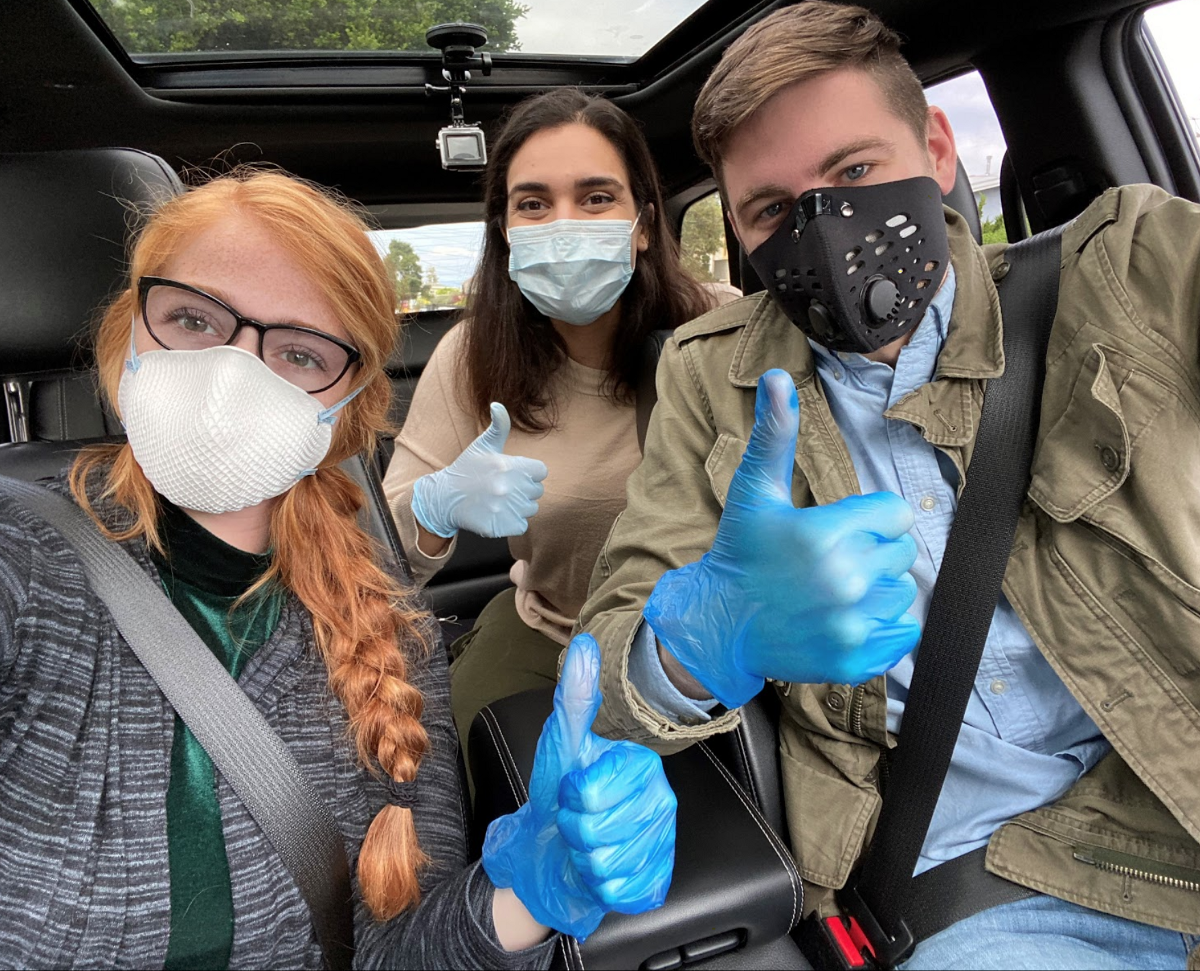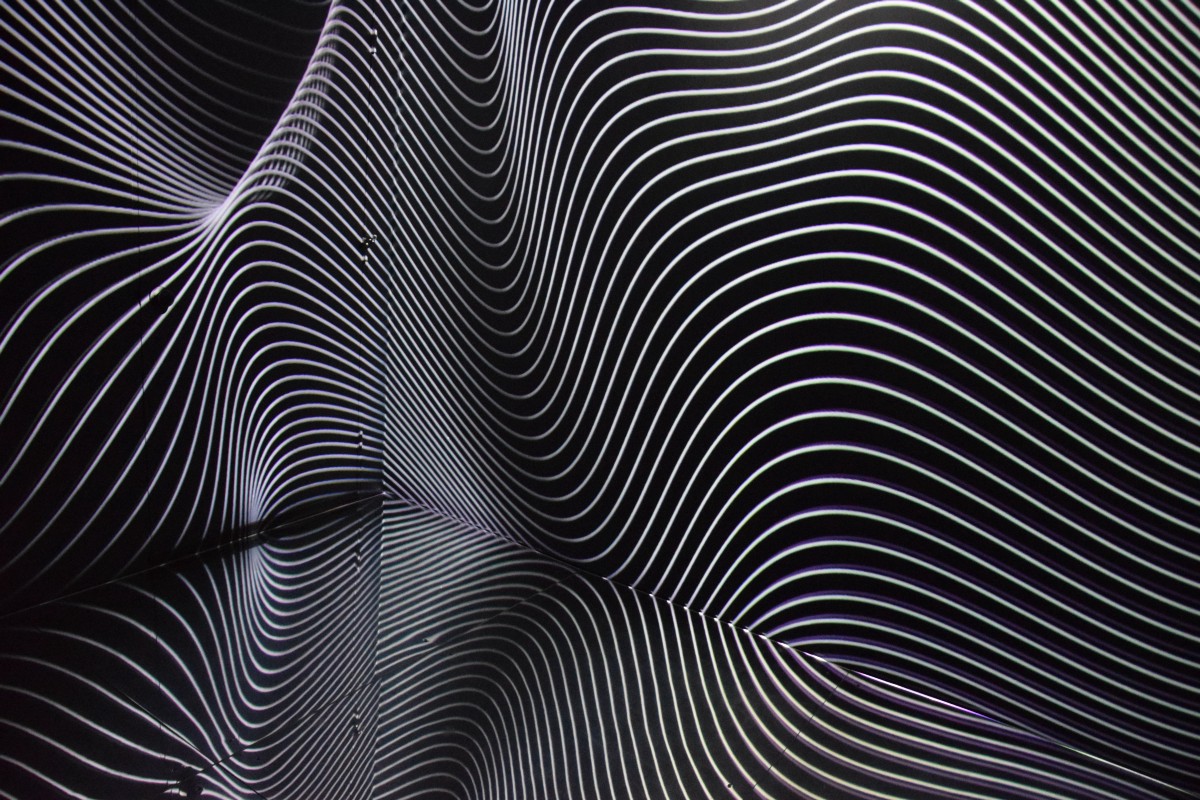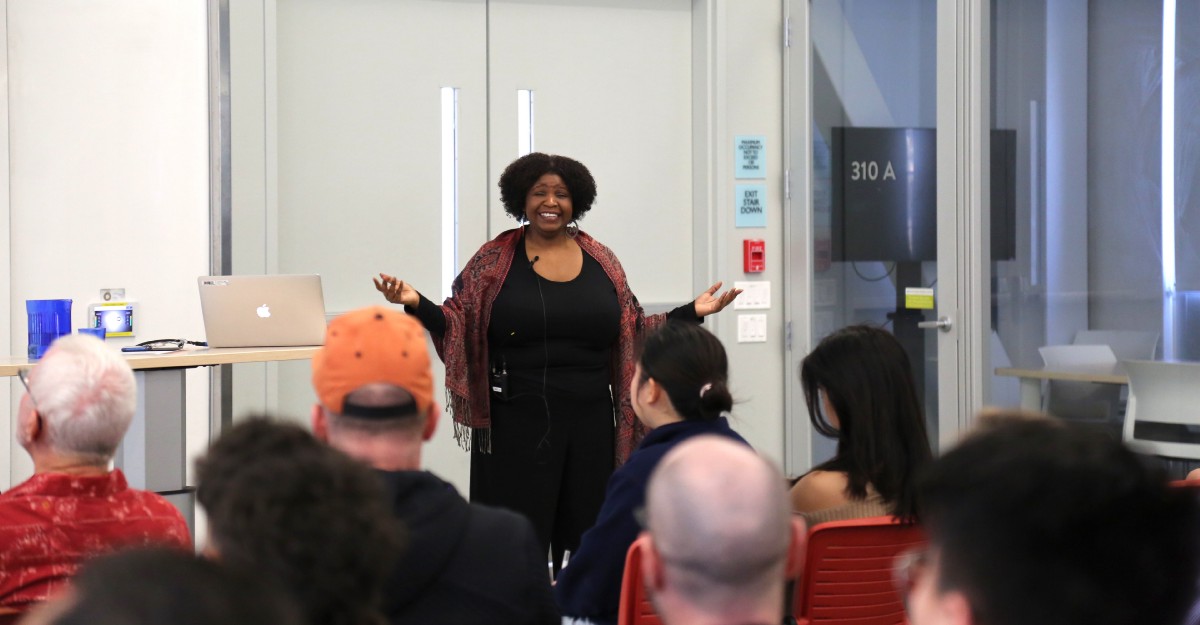Design Conversations: Dr. Bess Williamson
We would like to say thank you to Dr. Bess Williamson for kicking-off our spring 2021 speaker series, Design Conversations. This spring, we are continuing the theme: For Whom? By Whom? Designs for Belonging, a series that investigates design’s exclusions, and invites guests to discuss the ways their work examines Read more…




